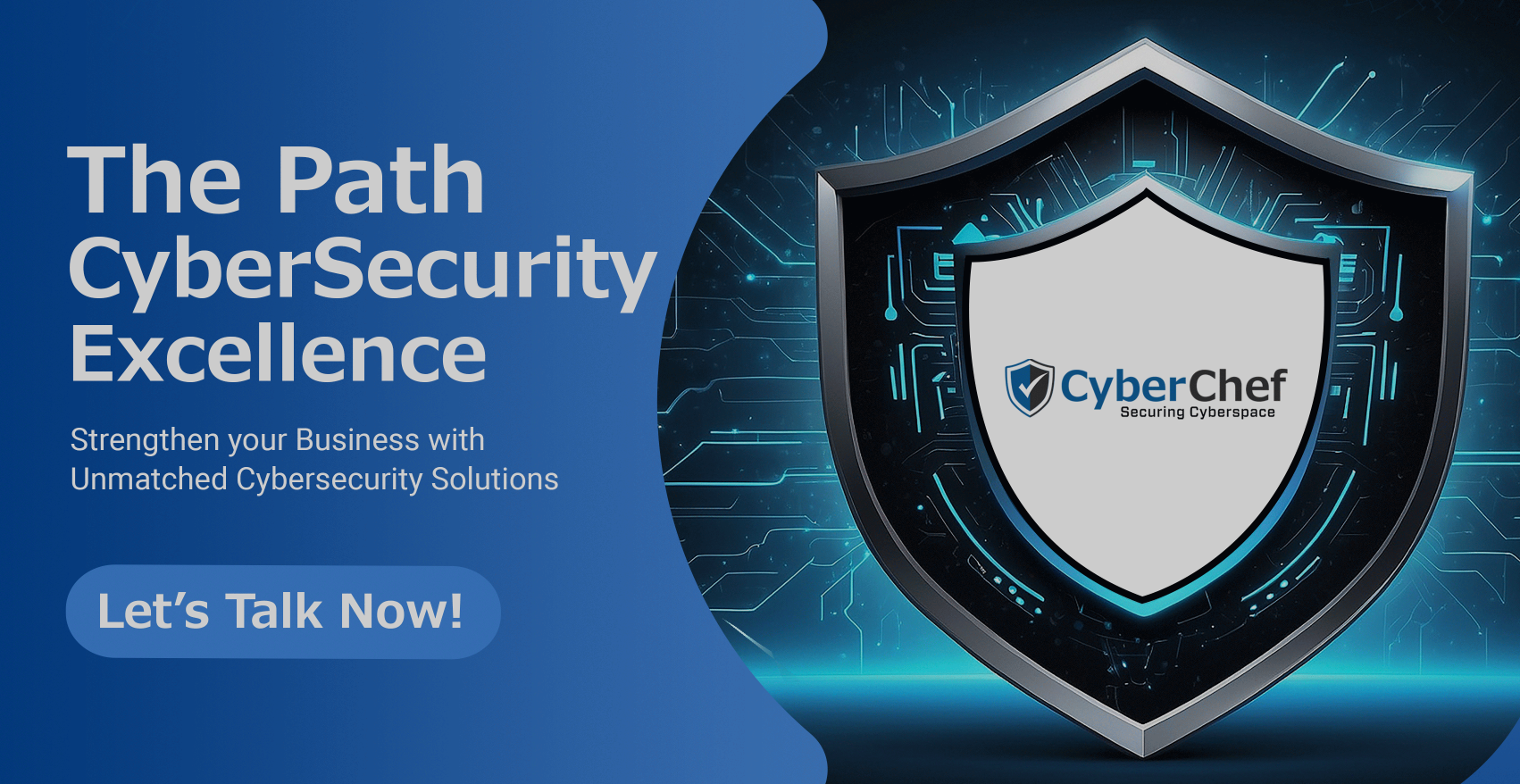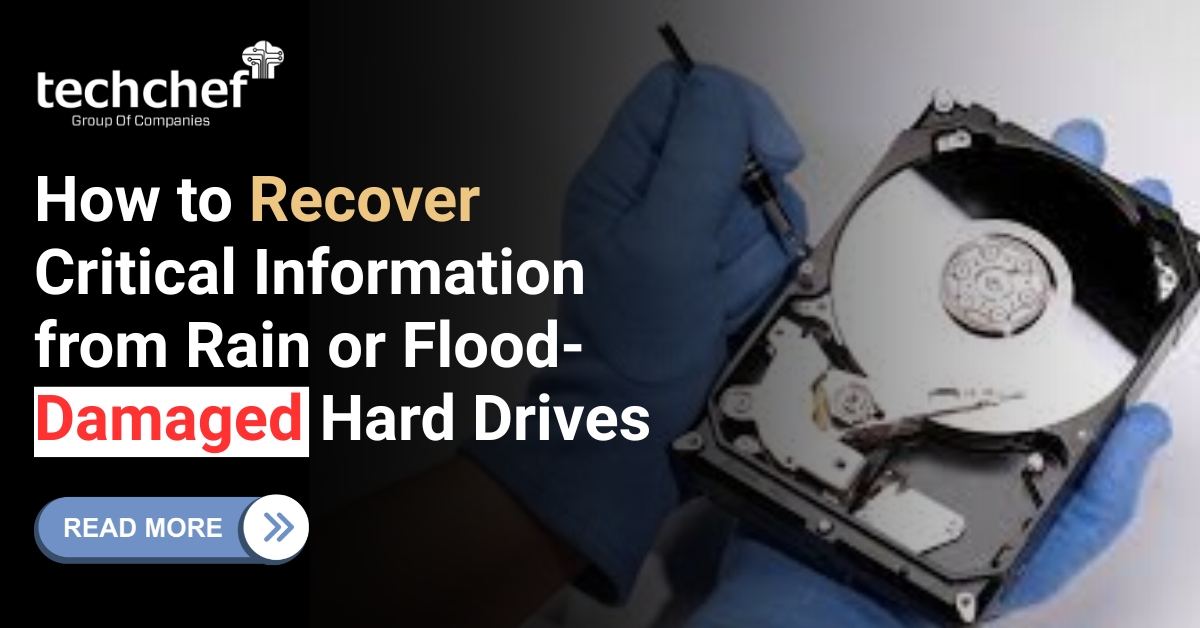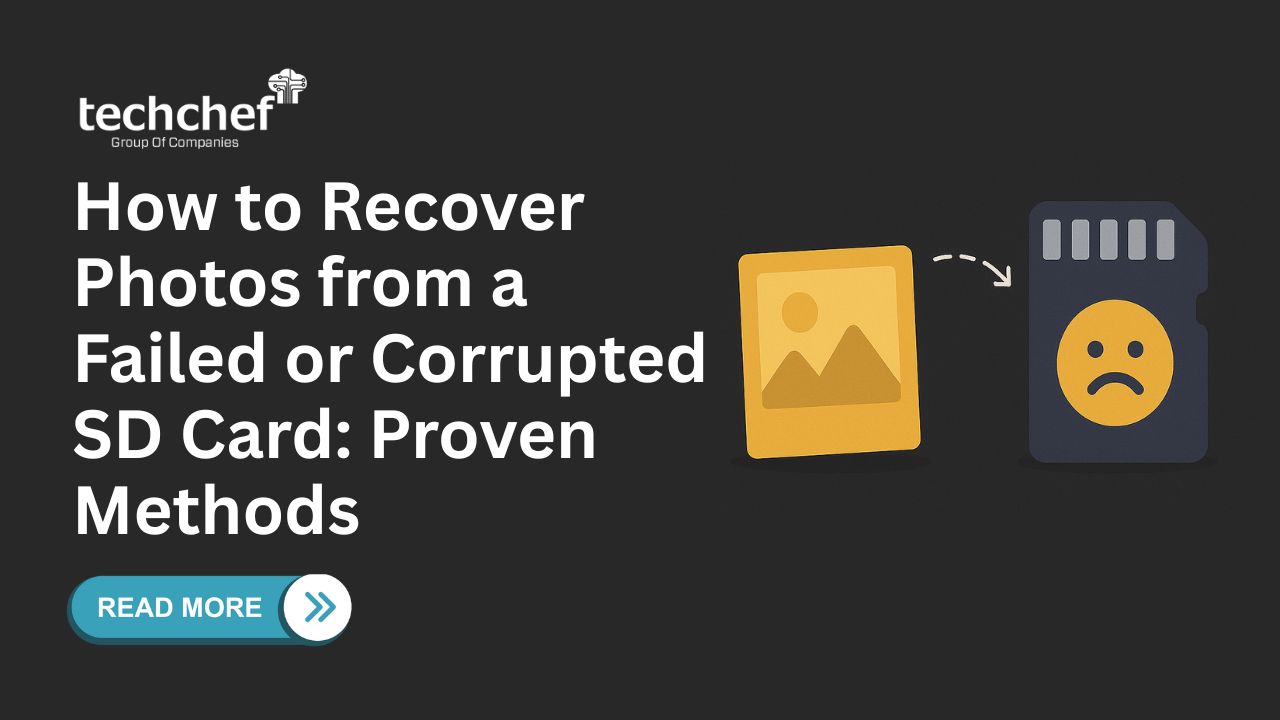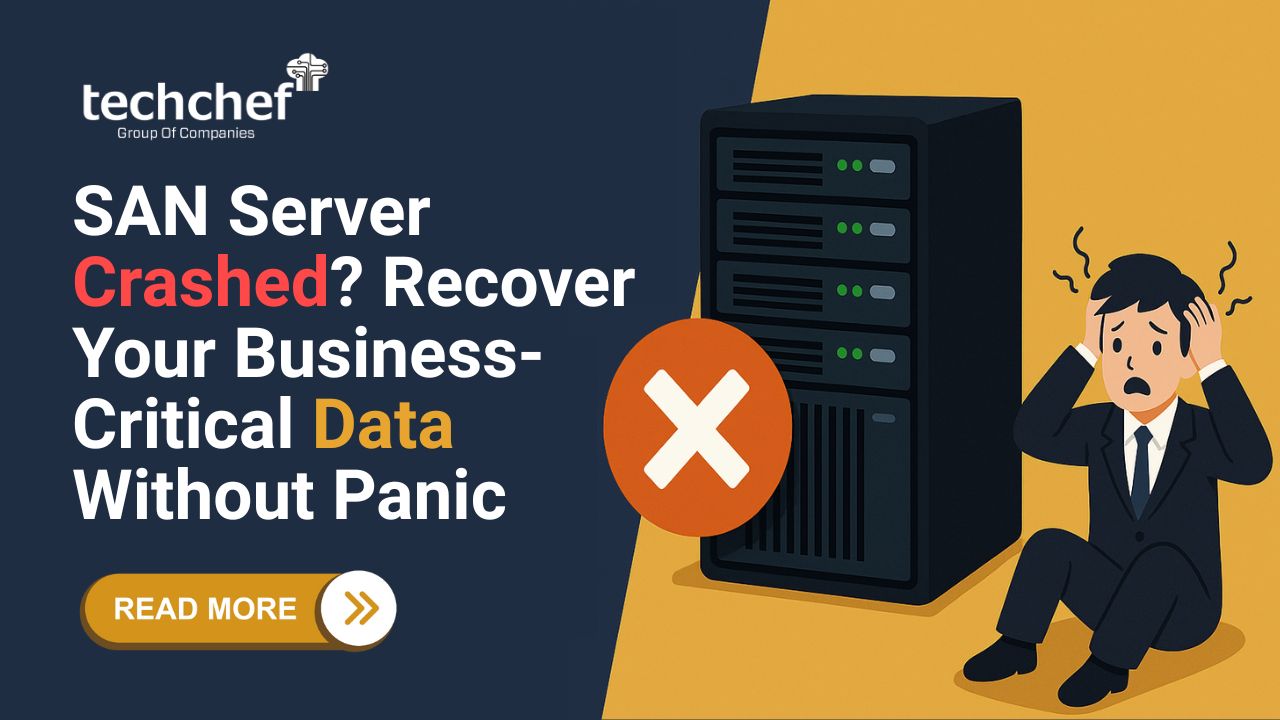Hackers often use pirated software, suspicious emails, and harmful links to infect your computer and encrypt your data. Once your files are locked, they demand money to give you the decryption key.
These attacks can happen to anyone, and the hackers are skilled at finding weaknesses in your computer’s security. Companies are especially at risk because they store sensitive data like client and employee information. Ransomware attacks can cause serious damage and financial losses.
If you ever become a victim of a ransomware attack, be careful about paying the ransom. There’s no guarantee that they’ll give you access to your files. Instead, this article will guide you through the right steps to decrypt your encrypted files and handle the situation effectively.
First of all, let’s know the concept of a ransomware attack!
What is Ransomware?
Ransomware is a type of malware that encrypts a computer system and its data, making the files inaccessible to the user. The attackers then demand a ransom from the victim to exchange a decryption key or tool to unlock the files and restore access. This type of cyberattack has been growing and concerns the risk of data loss and data privacy.
How it reaches your system?
Ransomware malware can be spread through pirated software, suspicious or unusual emails, infected external storage devices, and compromised websites (websites whose code is used by third parties, and using that website can be disadvantageous for both you and the website owner).
To Hack the system of the corporation hackers usually use Remote Desktop Protocol (a protocol developed by Microsoft Corporation that provides a user with a graphical interface to connect to another computer over a network connection) and other approaches that do not depend on user interaction.
Types of Ransomware:
Ransomware can be categorized based on its behavior, distribution methods, and encryption techniques. Some common types of ransomware include:
1. Encrypting Ransomware: This type of ransomware can encrypt your data and demands a ransom for the decryption key.
2. Locker Ransomware: Locker ransomware locks your entire operating system, preventing access to files, and applications until a ransom is paid.
3. Scareware or Fake Ransomware: Scareware presents false claims of malware infections or legal violations to scare you to pay a ransom, even though no actual encryption or damage has happened.
4. Master Boot Record (MBR) Ransomware: MBR ransomware infects the master boot record of a computer’s hard drive, preventing your operating system from booting properly until a ransom is paid.
5.Doxware: Instead of encrypting files, this ransomware threatens you to publish sensitive data or personal information unless a ransom is paid.
Tips for Prevent Ransomware Attacks:
While it is challenging to eliminate the risk of ransomware attacks, the following tips help you to keep defense against ransomware attacks:
1. Keep Software Updated: Regularly update your operating system, software applications, and security tools.
2. Use Strong Passwords: Create strong and unique passwords for all your accounts and devices.
3. Enable Two-Factor Authentication (2FA): Enable 2FA wherever possible, adding an extra layer of security to your accounts by requiring an additional verification step.
4. Be Cautious with Email: Be careful while opening email attachments and clicking on links, especially from unknown senders or suspicious emails.
5. Use Licensed Antivirus Software: Install reputable antivirus and anti-malware software to detect and block ransomware threats.
6. Backup Your Data Regularly: Regularly back up your important data to an external drive or cloud storage.Use Content Filtering and Web Security: Use content filtering and web security solutions to block access to malicious websites.
By following these preventive measures and maintaining an active security approach, you can reduce the risk of a ransomware attack and safeguard your data and systems from cyber threats.
Remember, prevention is better than cure a well-informed and security-conscious approach is important to protect your operating system and data against ransomware and other cyber threats.
Steps to Decrypt Encrypted Files:
1. Isolate the Infected System: Immediately disconnect the infected system from the network to prevent further spread of the ransomware to other devices.
2. Backup Encrypted Files: Before attempting any decryption, create a backup of the encrypted files. This backup ensures that you can restore the original files in case something goes wrong during the decryption process.
3. Identify the Ransomware Type: Determine the specific type of ransomware that has encrypted your files. This information is necessary for finding the right decryption method or tool.
4. Take Professional Help: Take help from data recovery providers; they will help you decrypt your encrypted files. Take the service of a reputable company and ask if a decryption tool is available for the specific ransomware you’ve encountered.
5. Report to Authorities: Report the ransomware incident to law enforcement or cybersecurity agencies. This step helps authorities track ransomware campaigns and might aid in decrypting your files.
6. Avoid Paying the Ransom: Paying the ransom does not guarantee that the attackers will provide the decryption key or fully restore your files. It also encourages them to for further ransomware attacks.
8. Reinstall or Restore: If you have clean backups of your data, consider reinstalling your operating system or performing a system restore to a state before the ransomware attack. Ensure that the backup files are free from malware before restoration.
Remember that decryption may not always be possible, especially if the ransomware uses strong encryption or is a new variant for which no decryption tool exists. Prevention, regular backups, and maintaining good cybersecurity practices are the best defense against ransomware attacks.
Final Words:
Ransomware attacks can cause severe disturbance and financial losses for individuals and organizations. However, by following the right steps and best practices for ransomware data recovery, you can increase your chances of recovering encrypted files without paying the ransom.
Regular backups, network security, and staying informed about the latest ransomware trends are all important parts of defense strategy against cyber threats. Remember, the key to overcoming ransomware attacks is preparedness, alertness, and the right approach to cybersecurity.
As a data recovery service provider, we can understand your concern regarding ransomware attacks. We always stand for all who face the situation of data loss due to any reason. By consulting us, many recover their lost data in the complex situation of ransomware attacks as well.
If your data is encrypted due to a cyber attack or ransomware attack, and you lost access to your precious data then no worries. Contact us at Techchef Data Recovery we help you further.










